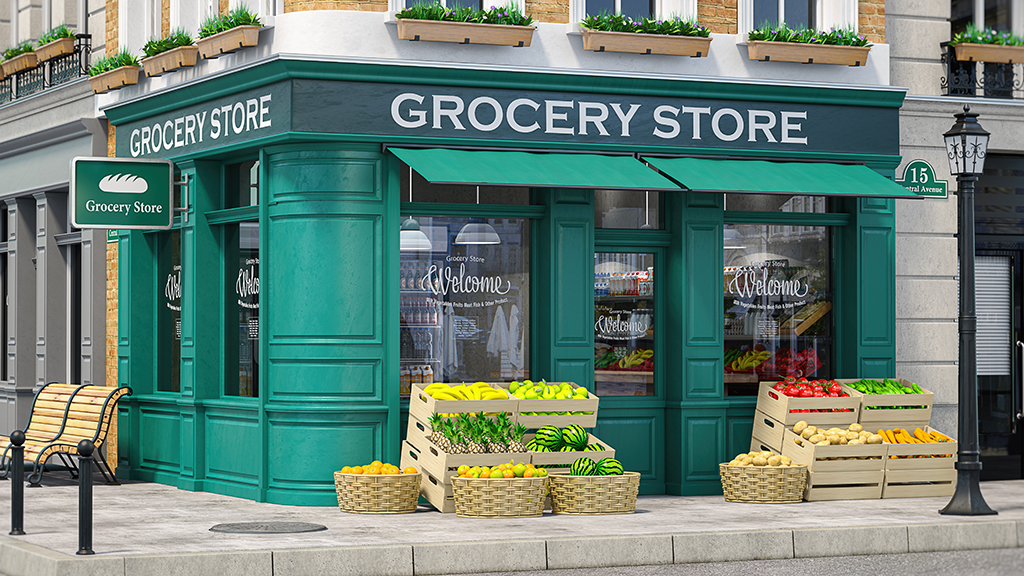
Living near a grocery store may not only be convenient, but may have an impact on a house’s value.
Aldi, Trader Joe’s and Whole Foods may be three of the most popular grocery stores, but depending on which one is closet to a property may influence value and return on investment. ATTOM recently studied five years of homeowner data (2017 to 2022) and determined that living near an Aldi offered the highest five-year home appreciation, at 58%. Homes near a Trader Joe’s had a 49% five-year home appreciation, while homes near a Whole Foods had a 45% five-year home appreciation. Homes close to an Aldi also had the highest return on investment for sellers at 61%, followed by 58% for homes close to a Trader Joe’s and 51% for homes near a Whole Foods.
For investors, Aldi was also the winner. Flipped homes near an Aldi had a 54% average gross flipping return on investment. Meanwhile, homes near a Whole Foods had a 28% average gross flipping return on investment and homes near a Trader Joe’s had a 25% average gross flipping return on investment.
However, homes near a Trader Joe’s had the highest average home value at $987,923. Homes near a Whole Foods had an average home value of $891,416 and homes near an Aldi had a average home value of $321,116.
“It turns out that being located near grocery stores isn’t only a matter of convenience for homeowners but can have a significant impact on equity and home values as well. And that impact can vary pretty widely depending on which grocery store is in the neighborhood,” said Rick Sharga, executive vice president of market intelligence at ATTOM.
Topics
Member Discussion
Recent Articles
-
New Construction Homeowners Take on More Maintenance
- April 8, 2025
- 2 min. read
Homeowners of new construction homes spend more on maintenance, complete more seasonal maintenance and feel more prepared for natural disasters, according to a survey by Hippo.
-
Is Gen Z’s Debt Preventing Homeownership?
- April 7, 2025
- 2 min. read
Of all generations, Gen Z has the highest average personal debt of $94,102, according to research from Newsweek.
-
Nearly 6.5 Million Homes Classified as Inadequate in 2023
- April 4, 2025
- 2 min. read
In 2023, 6.45 million homes, equivalent to about 5% of the U.S. housing stock, were classified as inadequate. Of those, 1.65 million were severely inadequate.
Daily Emails
You’ll be the first to know about real estate trends and various legal happenings. Stay up-to-date by subscribing to JustListed.



